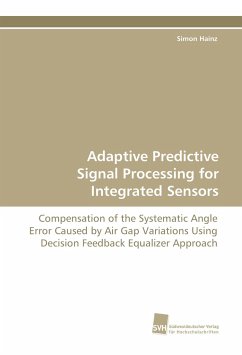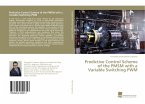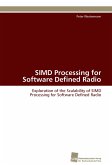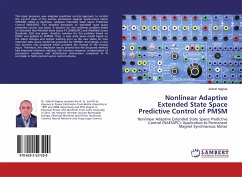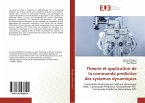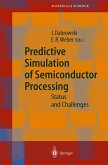Precise speed and angle measurements of rotating shafts are very important in automotive engineering applications. Due to their high degree of robustness and low production costs, magnetic field sensors are the preferred types of sensors for such applications. The main disadvantage of using the magnetic technique is its limited angle accuracy, which is caused by a systematic error of the sensing arrangement. High integration densities of new semiconductor technologies allow the integration of complex digital signal processing onto a small silicon area. Due to new technologies, high processing power is also available on the small chip area of integrated sensors. This thesis presents a solution for increasing the angle accuracy of a magnetic sensing arrangement by using the processing power available on today's integrated sensors. A digital filter with adaptive and predictive algorithms estimates and compensates for systematic errors by using a simplified physical model of the arrangement. The physical parameter values of the arrangement are known after adaption is completed. With the proposed filter structure the accuracy of the sensing arrangement can be defined by chip design.

